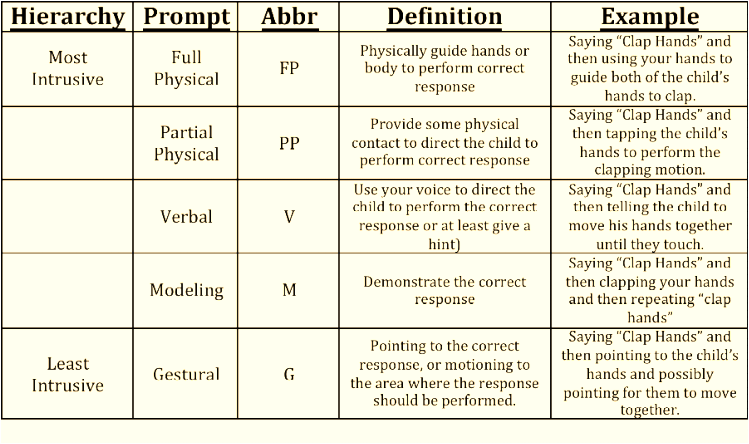The end of the summer can be a stressful time for your child (and for you too). Here are some tips that we have found to work for some of our clients.
What are you doing to deal with the transition back to school? Let us know!
- Contact your child's school and ask if she or he can take a tour of the school. This is the time of year when teachers are getting their classrooms ready, so your child might even get to meet their teacher!
- Take a minute to contact the school psychologist, school counselor, or social worker, as well as any other related service professionals such as speech pathologists as well. Sure, they have all the documentation from your child's district as well as last year's reports. But it would be a good thing for you to meet with them and develop a relationship proactively.
- We also recommend that you write a letter about your child and forward it to as many people as possible who will be working with her or him. As was mentioned above, the staff all have the official documentation on your child. But your letter would help have the staff get to know your child better - what his favorite TV shows are or which sounds affect her the worst - and would allow staff to fill in the blanks on your child.
- While you are at meeting the school staff, see if you can meet the bus driver and the bus matron as well!
- If at all possible, take as many pictures of your child's classroom, lunchroom, gym and other areas. Some staff might be OK with having their picture taken (but many won't and you really can't hold that against them). You can use those pictures to develop social stories, visual schedules or simply have them on his/her tablet for review and to begin conversations about them.
- Try to use the week before Labor Day to try get into the sleep routine that will be used when school begins. This would allow your child (and you) to work out a lot of the kinks that might need to be addressed.
What are you doing to deal with the transition back to school? Let us know!

 RSS Feed
RSS Feed